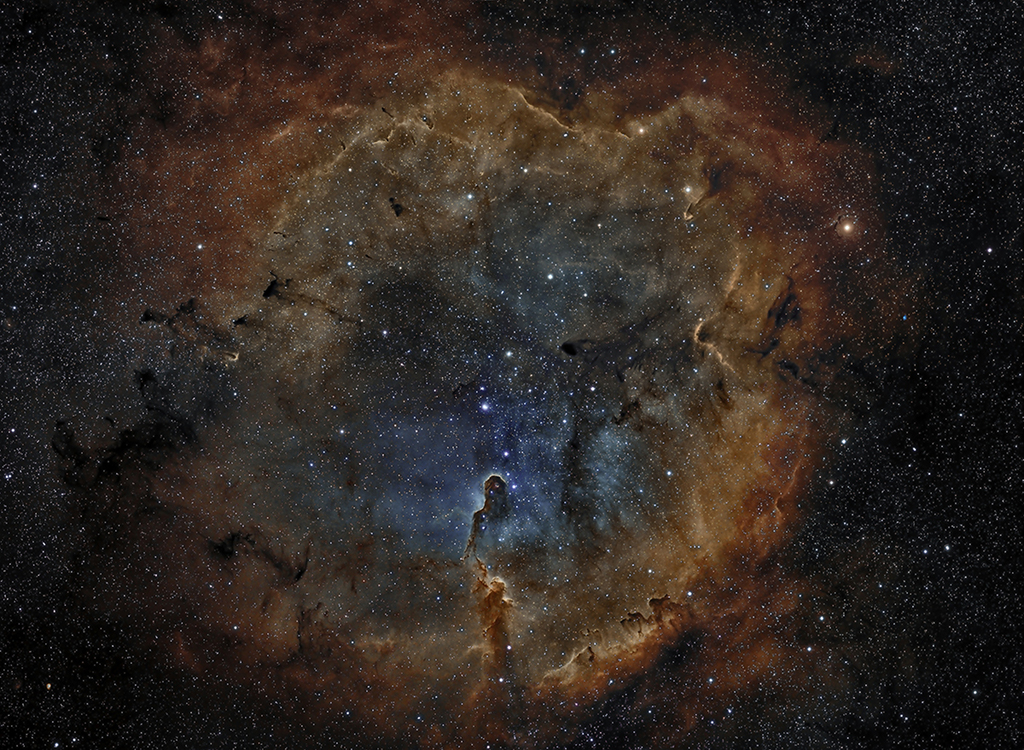The Tiny Moon Phobos Is Photographed During Its Quick Trip Around Mars
While photographing Mars, NASA’s Hubble Space Telescope captured a cameo appearance of the tiny moon Phobos on its trek around the Red Planet. Discovered in 1877, the diminutive, potato-shaped moon is so small that it appears star-like in the Hubble pictures. Phobos orbits Mars in just 7 hours and 39 minutes, which is faster than Mars rotates. The moon’s orbit is very slowly shrinking, meaning it will eventually shatter under Mars’ gravitational pull, or crash into the planet. Hubble took 13 separate exposures over 22 minutes to create a time-lapse video showing the moon’s orbital path.
via Hubble - News feed
http://hubblesite.org/news_release/news/2017-29
